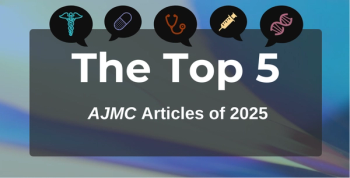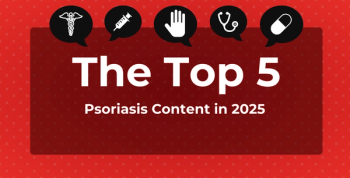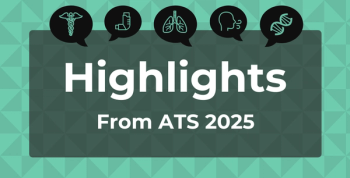
Advisory Committee Recommends Approval of Abuse-Deterrent MNK-812
During a joint meeting of the FDA’s Anesthetic and Analgesic Drug Products Advisory Committee and Drug Safety and Risk Management Advisory Committee, members voted in favor of approval for Mallinckrodt’s MNK-812, an abuse-deterrent formulation of oxycodone.
During a joint meeting of the FDA’s Anesthetic and Analgesic Drug Products Advisory Committee and Drug Safety and Risk Management Advisory Committee, members voted in favor of approval for Mallinckrodt’s MNK-812, an abuse-deterrent formulation of oxycodone.
MNK-812 is a reformulation of oxycodone hydrochloride (Roxicodone) in an immediate-release, single-entity tablet with properties that the manufacturer says can help guard against misuse. According to an FDA briefing document, the tablets have physical and chemical barriers that impart meaningful deterrence to intranasal and intravenous abuse while providing bioequivalence to the existing formulation of oxycodone hydrochloride.
According to the FDA’s committee
Mallinckrodt’s proposed indication for the drug is the management of pain that is severe enough to require opioid treatment, and the committees voted 10 to 7 in favor of approving the product. Furthermore, they voted 12 to 5 in favor of labeling the drug as abuse-deterrent by the nasal route. However, the voting members were less convinced by Mallinckrodt’s data on intravenous misuse of the product, and they voted 10 to 7 that the drug should not be labeled abuse-deterrent by this route.
“We appreciate the Committees’ thoughtful review and discussion of the potential benefits our new abuse-deterrent formulation drug can bring in helping to mitigate opioid abuse and misuse,”
Both the FDA’s briefing documents and the committee members noted the public health need for abuse-deterrent immediate release opioid products as a harm-reduction strategy to reduce nonoral prescription opioid abuse. In particular, oxycodone products are common targets of abuse, and nonoral routes of misuse are associated with greater than twice the risk of overdose, death, and other major effects compared with the oral route.
However, despite the acknowledged need for more abuse-deterrent options, the uptake of such products has been limited, in part because of the high cost of these products. A 2017 Institute for Clinical and Economic Review (ICER) Final Evidence Report on abuse-deterrent formulations of opioids
Newsletter
Stay ahead of policy, cost, and value—subscribe to AJMC for expert insights at the intersection of clinical care and health economics.








































